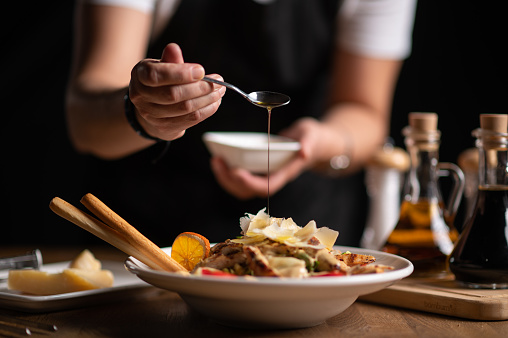Envy and jealousy can wreak havoc on relationships, leading to emotional turmoil, strained connections, and even breakups. Let's delve into the destructive impact of these emotions and explore ways to manage them.
The Difference Between Envy and Jealousy
Before we dive into the destructive effects, let's clarify the distinction between envy and jealousy:
- Envy:
- Envy arises when you desire what someone else has. It combines resentment toward the envied person for possessing something desirable and a feeling that they don't deserve it any more than you do.
- For instance, if your partner spends more time with their best friend than with you, you might feel envious of that friend, believing you deserve more attention.
- Jealousy:
- Jealousy stems from fear of losing what you already have. It involves resentment toward a rival who threatens your relationship or connection.
- If your close friend starts spending more time with a new coworker, you may fear losing the unique friendship you share with them. This is jealousy.
Destructive Effects of Envy and Jealousy- Lack of Trust:
- Jealousy erodes trust between partners. Suspicion and insecurity lead to constant questioning, damaging the foundation of a healthy relationship.
- Envy can also create distrust, as you may wonder why your partner values someone else more than you.
- Controlling Behavior:
- Jealousy often manifests as controlling behavior. Needy partners seek constant reassurance and may become possessive.
- Envy can drive dominating behavior, where you feel entitled to your partner's attention or time, leading to resentment.
- Insecurity:
- Both envy and jealousy stem from insecurity. Feeling inadequate or fearing loss can strain relationships.
- Envy makes you question your worth compared to others, while jealousy fuels anxiety about losing what you cherish.
- Emotional Distance:
- Overwhelming jealousy or envy can create emotional distance. Partners withdraw to protect themselves from hurt.
- When you're consumed by these emotions, you may unintentionally push your loved ones away.
- Relationship Breakdown:
- Ultimately, unchecked envy and jealousy can lead to relationship breakdowns. The constant emotional turmoil becomes unsustainable.
- Communication suffers, resentment builds, and the once-strong bond weakens.
Managing Envy and Jealousy- Self-Awareness:
- Recognize when envy or jealousy arises. Understand the underlying emotions and triggers.
- Reflect on whether your feelings are rational or irrational.
- Open Communication:
- Talk to your partner or friend about your emotions. Share your concerns without blame.
- Honest conversations can strengthen trust and help address insecurities.
- Build Self-Esteem:
- Work on boosting your self-worth. Remember that others' successes don't diminish your own.
- Focus on personal growth and celebrate your achievements.
- Practice Empathy:
- Put yourself in the other person's shoes. Understand their perspective.
- Empathy reduces resentment and fosters compassion.
- Seek Professional Help:
- If envy or jealousy becomes overwhelming, consider therapy or counseling.
- Professionals can guide you in managing these emotions constructively.
In summary, envy and jealousy are natural but potentially destructive emotions. By acknowledging them, communicating openly, and prioritizing self-growth, we can navigate relationships more effectively and build stronger connections. Remember, healthy relationships thrive on trust, empathy, and understanding.
Stay Healthy
M.N.Curry


















